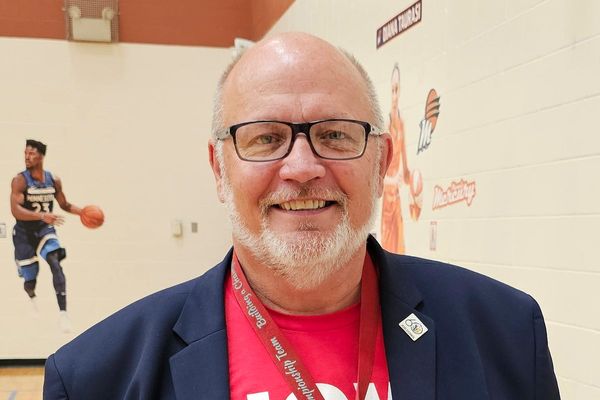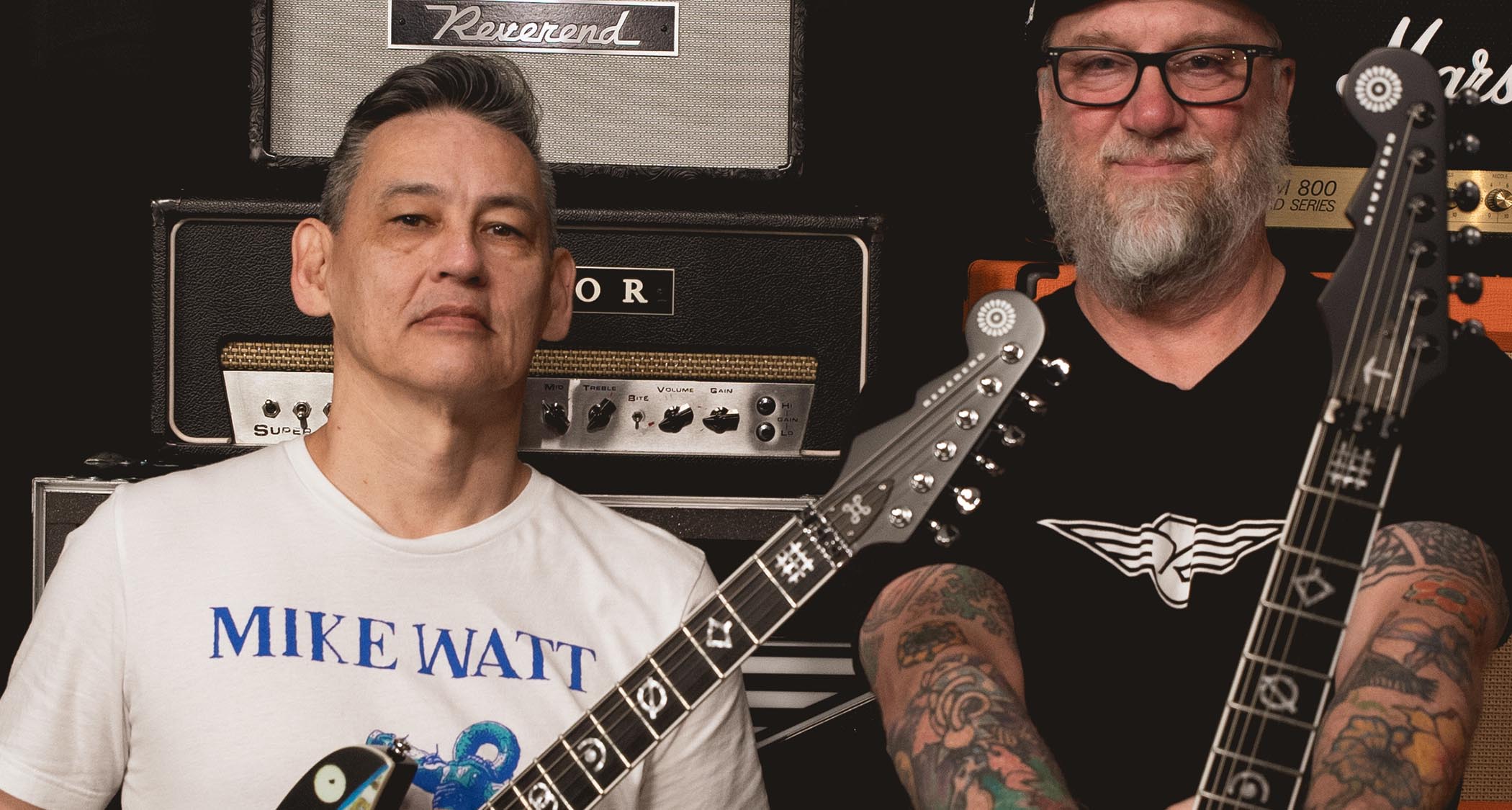
From day one, Joe Naylor and Ken Haas knew that making guitars was going to be their full-time gig. For Naylor, that began in 1980, on the day he brought home his first electric guitar.
With a background in woodworking and bicycle mechanics, Naylor felt comfortable enough to take the guitar – a ’70s Epiphone Coronet – down to the proverbial studs just to see how it worked.
After completing his degree in industrial design, Naylor graduated from Roberto Venn School of Luthiery in 1987, and by 1994, that curiosity blossomed into Naylor Amplifiers. Handcrafted in East Detroit, the boutique company quickly earned a reputation for quality and versatility.
Still, Naylor wanted to build guitars. In 1996, he sold the amplification company to his business partner, and by the following year, he had shipped his first guitar for his new company, Reverend Guitars. It wasn’t long before pioneers like the Stooges’ Ron Asheton and the Smashing Pumpkins’ Billy Corgan were playing Reverends on stage and in the studio.
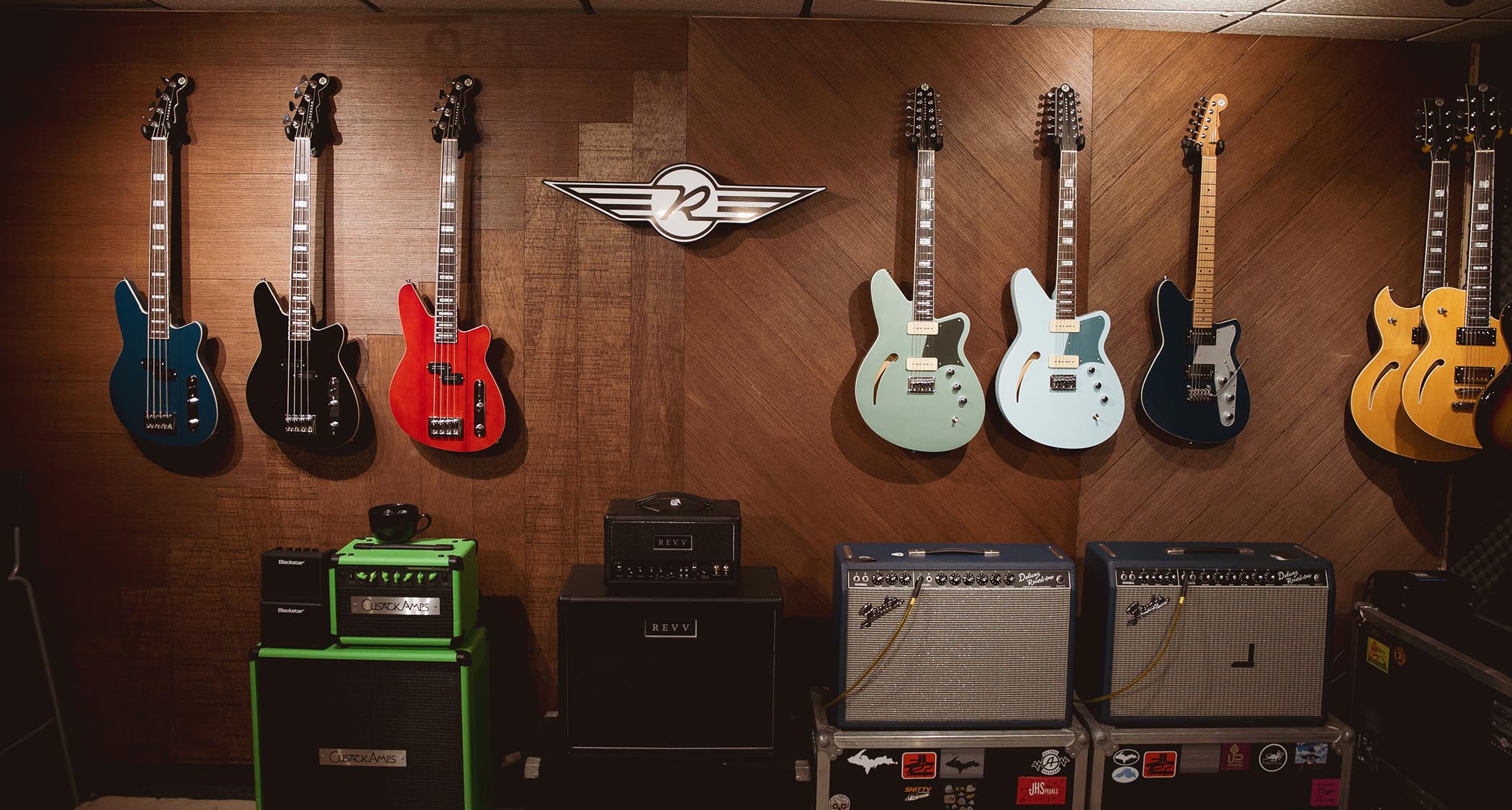
As the company’s production expanded into bass guitars, amplifiers and effects, Naylor spent less time designing guitars and more time doing paperwork.
In January 2010, Reverend was sold to Ken and Penny Haas, Ken being the longtime sales manager for the company. Suddenly, with Haas handling day-to-day operations and sales, Naylor was free to do what he does best: design guitars.
The differences between a good vintage guitar and a good new guitar aren’t that big
Joe Naylor
One thing that sets Reverend apart from other companies is the bass contour knob. Can you tell me about how that was developed?
Joe Naylor: “It’s something I had already sort of developed in my mind, but it became practical when Ron Asheton came on board. He said he wanted it to be able to get the traditional bright Stratocaster sound that we’re all familiar with on certain songs.
“He said it had to have that really bright, peaky Strat sound [and] a fat, thick sound in one guitar. He didn’t want to change guitars for the different songs. So that’s when I started tweaking the bass control, or the bass contour.”
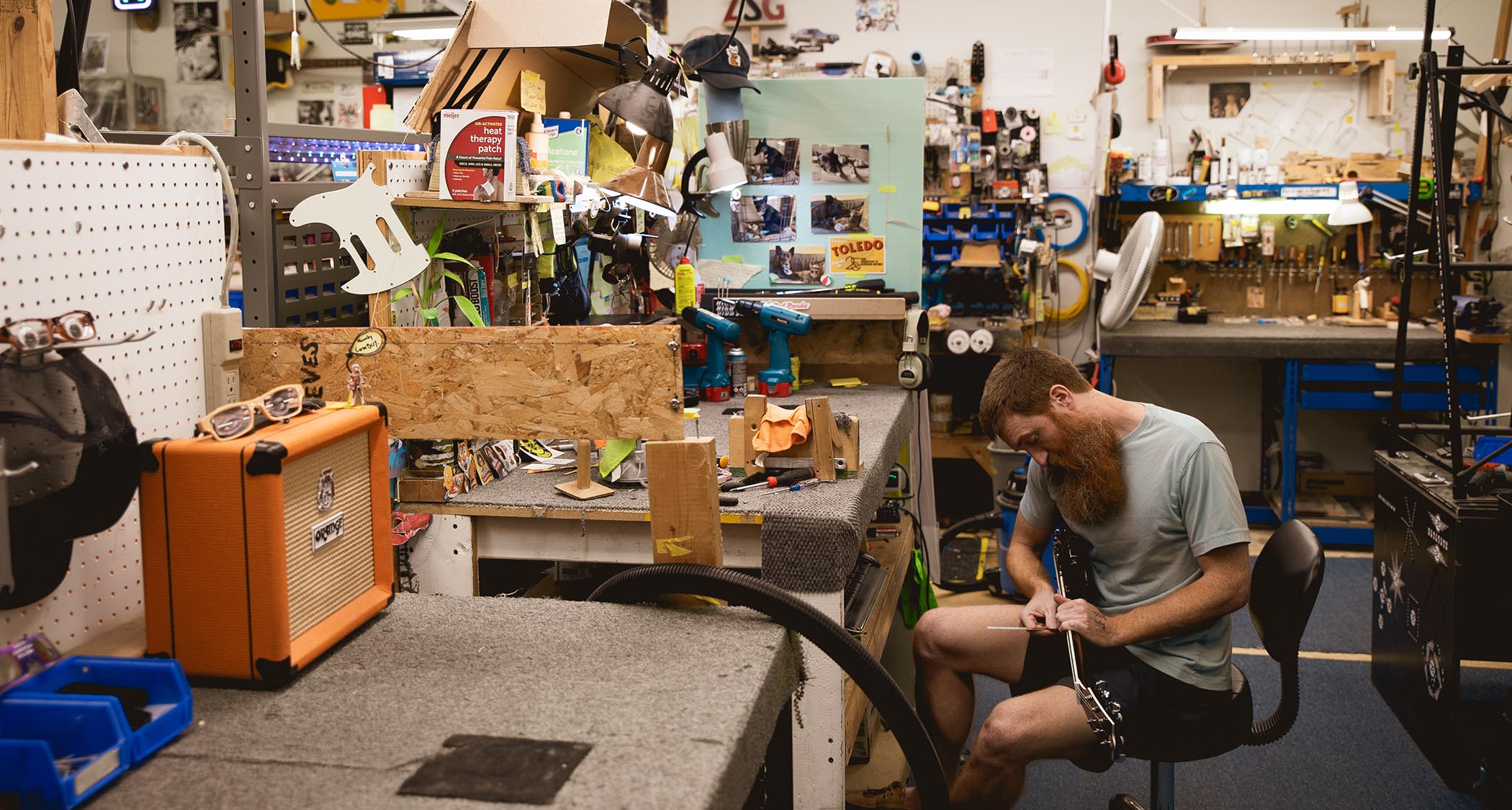
“It’s a passive bass roll-off, which has been done before. It’s a pretty basic circuit, but I played around with a lot of different capacitor values, which changed the frequency response of the pickup. Ron went out and tested it and loved it, so we decided we should just put this on all the guitars.
“You can literally re-voice your humbucker to sound like a single coil, or maybe roll a little bit off just to tighten up the low end. Let’s say you’re in a woofy room or you’re playing through an amp that’s woofy. You can just tighten it up, you know, maybe turn it back 30 percent. Or you can go all the way [and it] sounds like a single coil with no hum. It’s been received quite well. The pro players love it.”
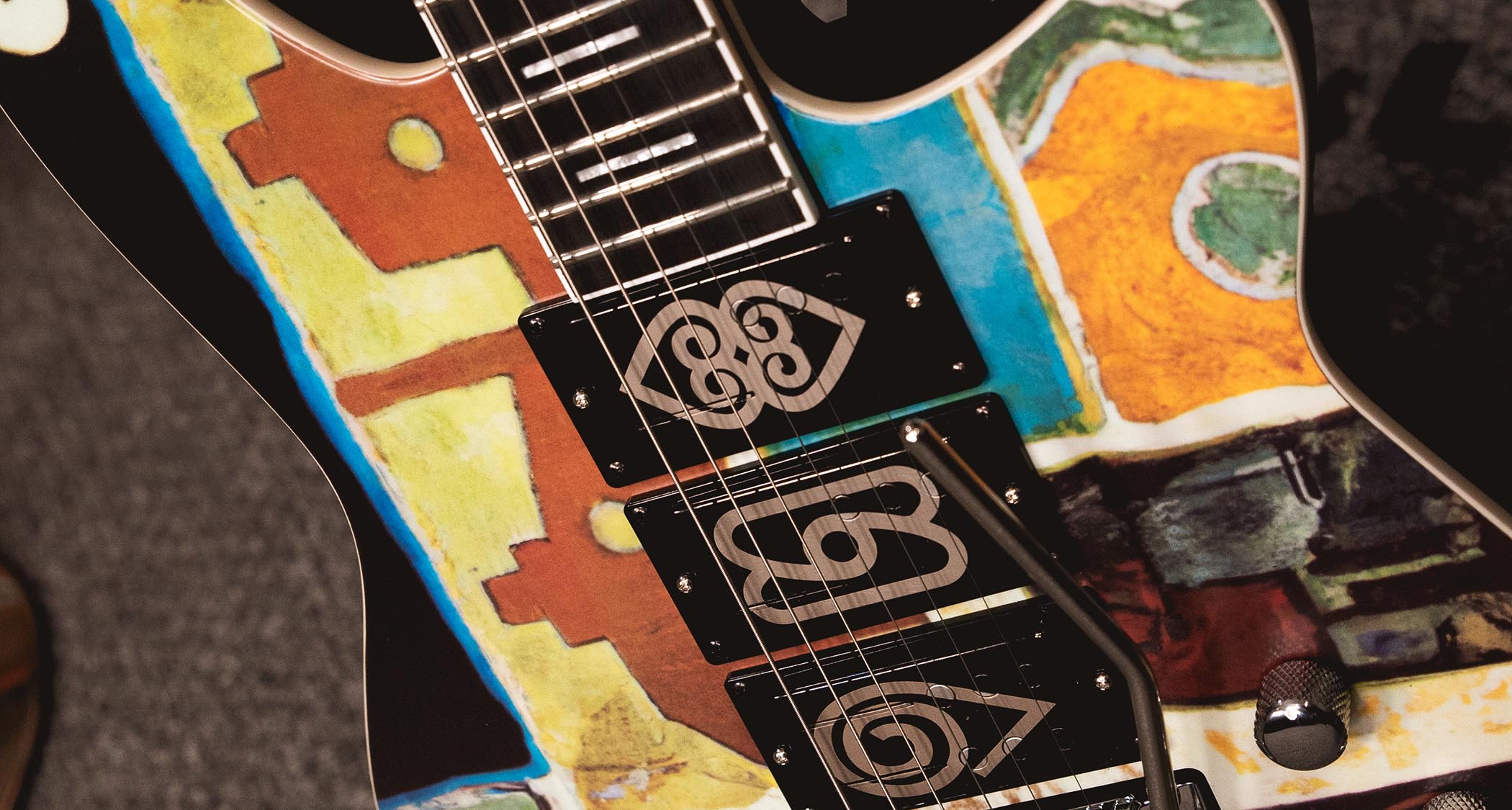
Ken Haas: “Joe speaks a certain tone language. Reeves Gabrels [David Bowie, the Cure, Tin Machine] will get very specific – 'I really like this upper midrange tonality of this specific vintage guitar, but I’d like it to be mixed with this vintage sound or this modern sound' or whatever.
“Joe has the ability to put all that together in his head and translate that into physical gear. He knows what the different woods sound like, different magnets and pickups, how to arrange those magnets, all of those things in order to make that sound a reality. That’s why Reverend revolves around his designs.”
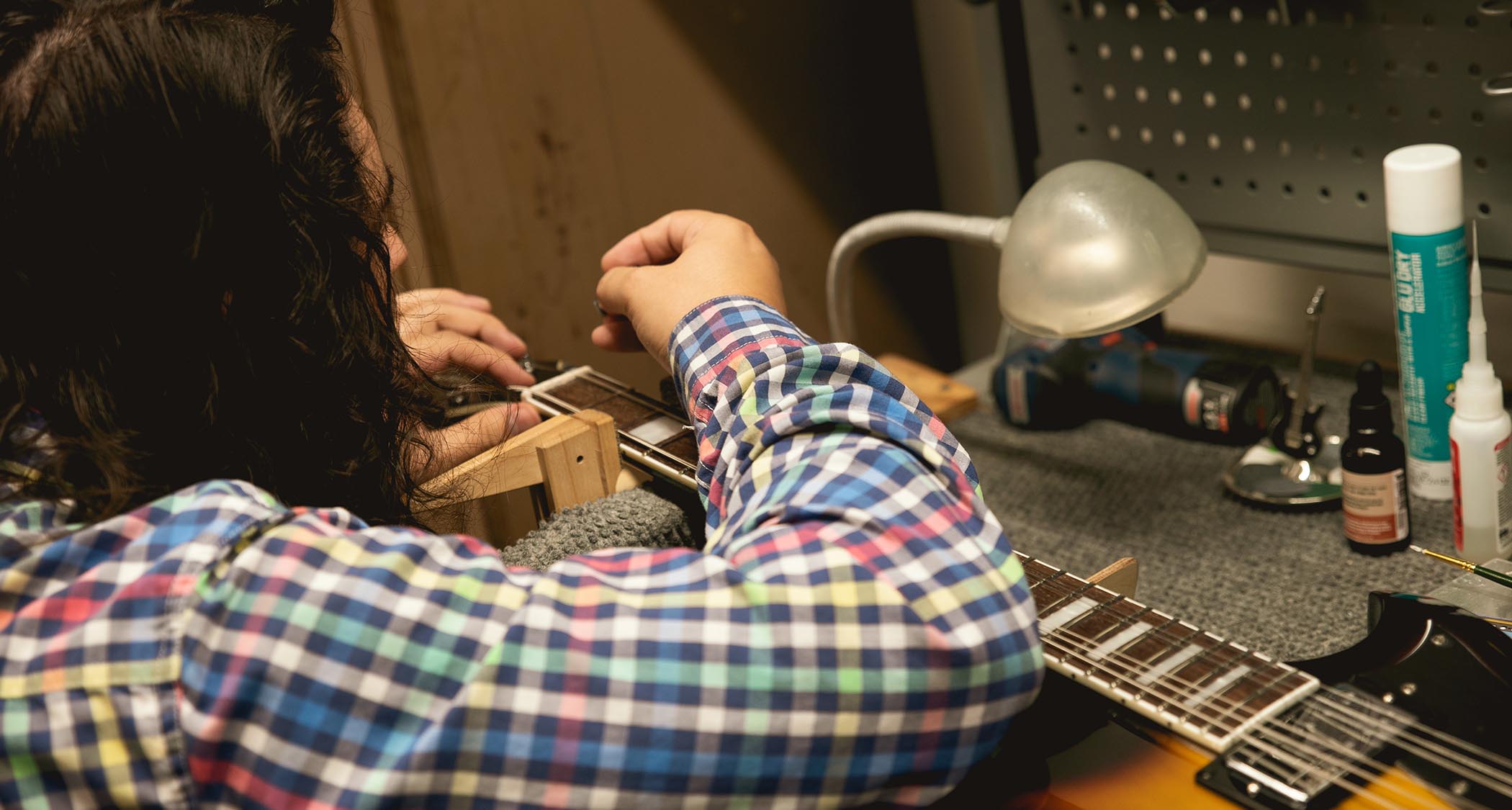
How do you strike that balance between vintage and modern tones?
Naylor: “We use fairly traditional materials: maple necks, rosewood, korina and stuff like that. Those are the same woods, basically, that were used in a vintage guitar. The differences between a good vintage guitar and a good new guitar aren’t that big.
“It really boils down to whether it’s a resonant guitar. Does it ring unplugged? That’s the first characteristic you want. You really want to look for that in every guitar, whether it’s vintage or modern, so that’s the first thing we go for. From there, you can lean more modern or more vintage depending on the electronics. It depends on the model and, in the case of an artist, what they want.”
While artists like Reeves Gabrels can be very specific, some artists can be pretty vague, right? For example, Billy Corgan asked you to get the “Sabbath note” on the Billy Corgan Z-One. How do you translate that description into a finished product?
Naylor: “That’s a perfect example of an artist coming to me with something subjective, and then I have to sort of interpret. He literally said he wanted the ‘Sabbath note.’ He wanted that nasally midrange that Tony Iommi has that really cuts through well if you’re using a lot of gain or a lot of fuzz.
“In order to do that on his particular guitar, the first thing I did was change the body from korina wood to alder wood. Alder has more of a sort of flat response with just a slight midrange bump to it, whereas korina is the opposite. It’s kind of a flat response with a slight scoop in the midrange.
“So we changed the body, and that got me halfway there. For the pickups, I put additional winds on them to make them hotter and to boost the midrange. So altogether, that gets the ‘Sabbath note.’”
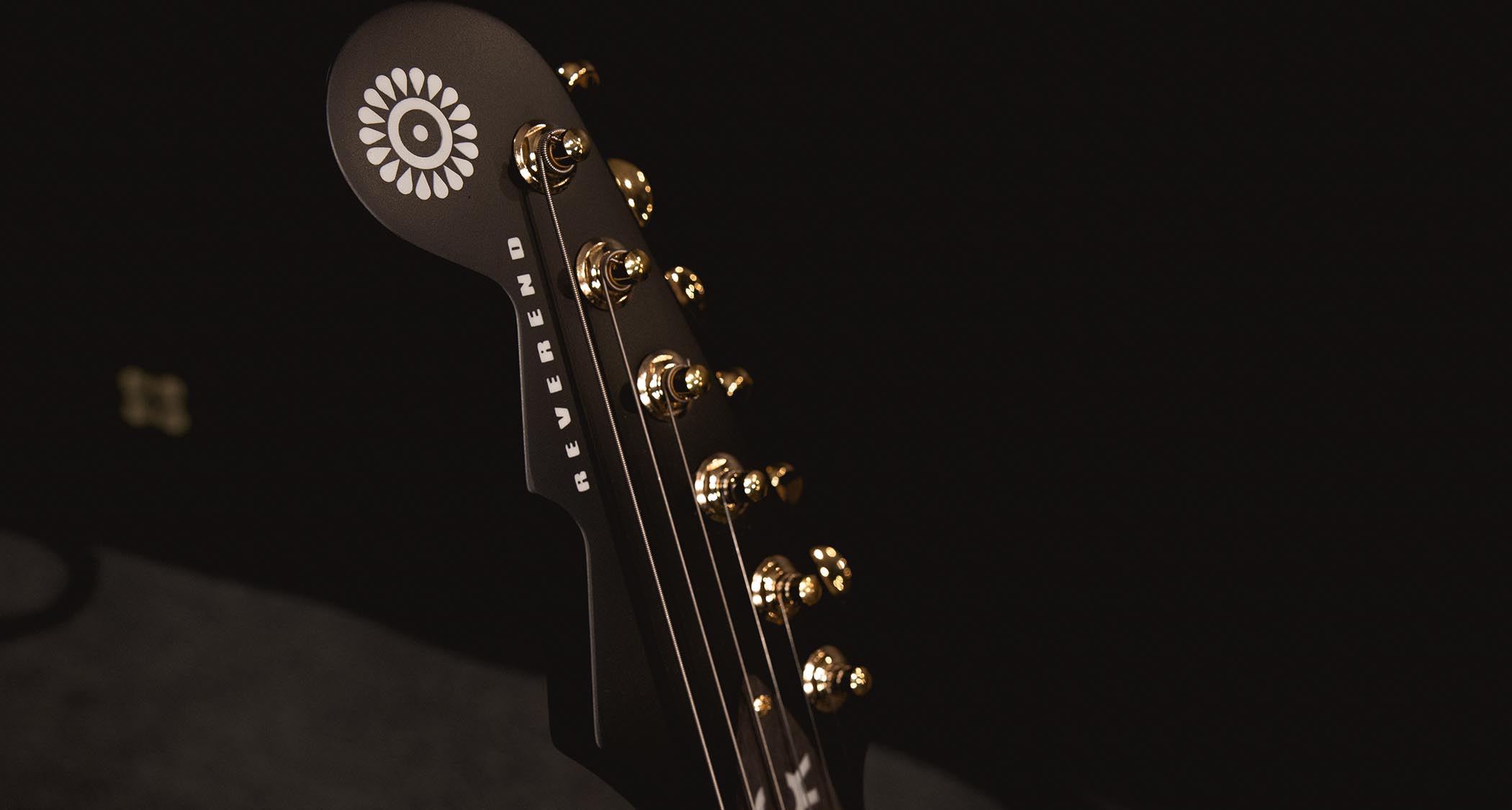
Haas: “One of the things we really hang our hat on here is that the Corgan signature model – like the Z-One at $1,499 – is the actual guitar he’s touring with. There’s no difference between what leaves this building and goes to a dealer and what he has out on the road.
“That’s not always the case in this business. You see a lot of artists’ names on things that the artists don’t really associate themselves with (which doesn’t make a whole lot of sense to me), but that’s why the Reverend signature models tend to be so unique. I’m very proud of the fact that when you go out and see the artist touring, they’re actually using the product you can buy at the store.”
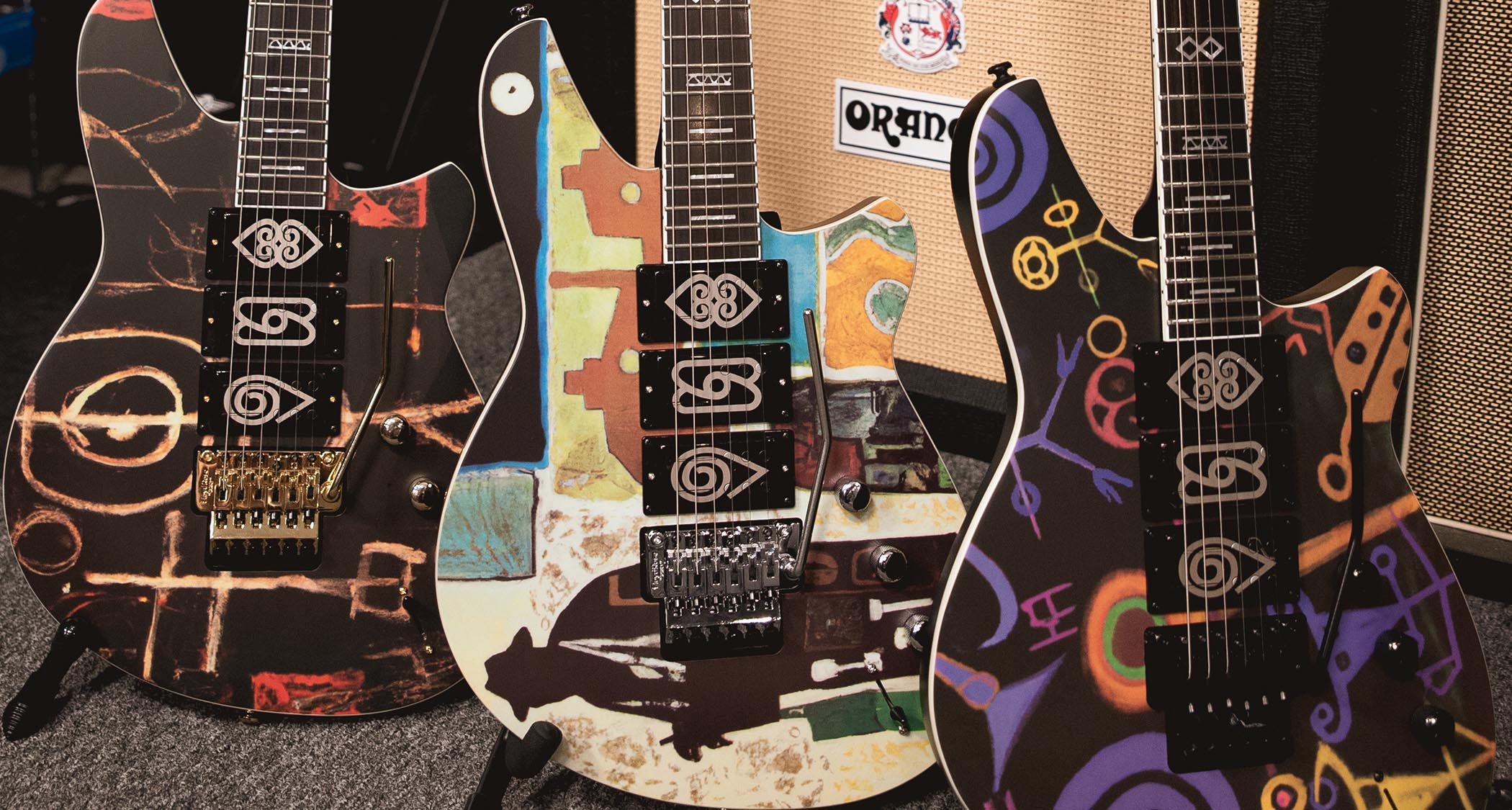
The Vernon Reid signature guitar is one of the most unique models you’ve done. How did it come to fruition?
Haas: “Joe and Vern worked together to develop the artwork on the guitar, and it was a collaboration between the two of them. It’s really something.”
Naylor: “The artwork was based on images from Carl Jung, Joseph Campbell, Romare Bearden and Jean-Michel Basquiat. We started with a bunch of images that Vern sent me. I took those and arranged them so they would fit on the bodies, and we came up with three different versions. Then we took some, what are called basically ‘American hobo symbols.’ Those were the inlays on the fretboard.”
“These symbols were used throughout the early part of the 20th century along the railroad lines as a form of communication. There’s a symbol that tells people that police are present or that there’s fresh water. They’re on the fretboard, headstock and pickups. It’s probably the wildest thing we’ve ever done.”
“It’s the first Reverend with a Floyd Rose. It also has three full-size Railhammer pickups. It has an ebony fretboard and a set neck, which is different for Vern. He usually plays bolt-ons, but he wanted something that was a little easier to play. It’s pretty unique on many different levels for us.”
Haas: “Reverend guitars are sort of the sum of their parts. To actually understand how it all works together [– as Joe does –] to create a sound is what’s made us unique. I think that has driven a lot of the major artists to him.”
- For more details, head over to Reverend Guitars.
